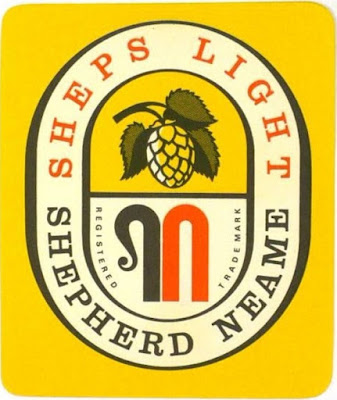First, there was a threat in January to reduce exports from the Republic of Ireland.
“LESS BEER
Cut in Irish Exports
The fact that beer and stout exports from Eire to Great Britain and Northern Ireland will in 1942 be cut by 25 per cent, by agreement with the British Ministry of Food, will not. the opinion of Leeds licensees, make much immediate difference to supplies in the district.
"Irish stout is already difficult enough obtain," said one Leeds licensee. "The effect this cut will chiefly be felt in that direction. Beer brewed in Eire is, I believe, mainly exported to Northern Ireland rather than to Great Britain. Proportionately, there will be some diminution our supplies. As regards stout, people will have to rely more on British-brewed stout, or do without."
Those in the trade expect that there will be a gradually Increasing shortage of beer.
Many public houses in the West Riding are remaining closed on one or more afternoons in the week, and licensees adopt various measures to conserve their stock. Publicans are reluctant to supply customers with bottled beer to be consumed off the premises.
It is in certain types of bottled beer only that the five per cent. weakening of the gravity, recently announced, has been imposed. Ordinary draught bitter and mild are unaffected.
Most acute shortage of all is of wines and especially of spirits. It is almost impossible to buy whole bottle of whisky in a public house.”
Yorkshire Post and Leeds Intelligencer - Monday 05 January 1942, page 4.
If you look back at the numbers, you’ll see that exports from Ireland actually increased by 18% in 1942.
I’m sure that Leeds licensee is wrong. The Guinness sold in Leeds in the 1970’s and 1980’s all came from Dublin. Just looking at the numbers, it’s obvious that it couldn’t all be going to the North.
Only about 1.3 million people were living in Northern Ireland in 1942, about a third of the number living in the Republic of Ireland. Yet the Irish exported around 1 million bulk barrels to the UK in 1942 while only consuming a little under 700,000 barrels themselves. They’d have need to drink four times as much in the North as in the Republic to get through that much beer. That doesn’t sound very likely to me.
Who on earth would buy w whole bottle of whisky in a pub? It would be interesting to see what the reaction would be if you asked for a whole bottle of spirits in a pub today?



















































































